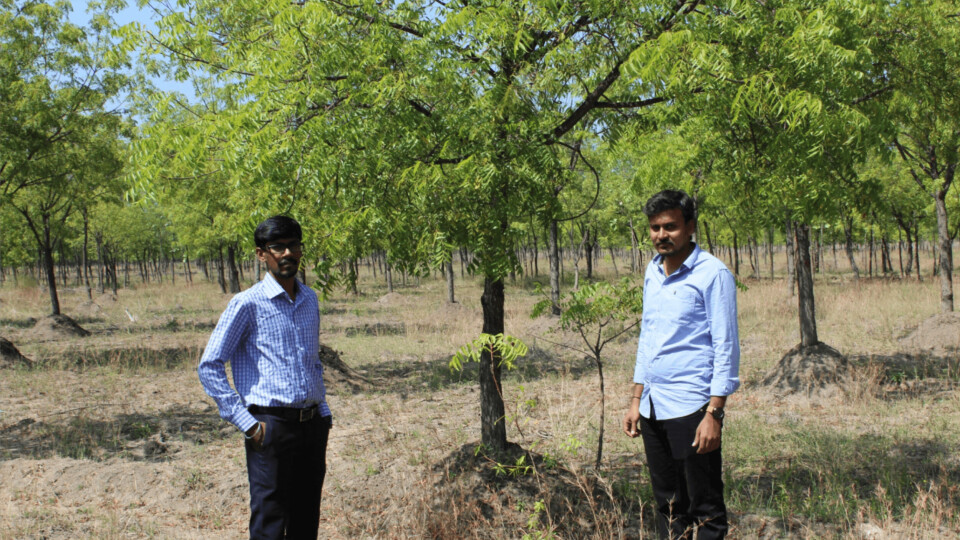
Indian folk remedy ‘provided better lice protection than widely used medicine’
Neem extract is widely used in folk medicine in Asia. Now Canadian researchers have tested whether it works on salmon lice (Lepeophtheirus salmonis).
Kris S Kim and Gilbert C Walker from the Department of Chemistry at the University of Toronto have performed the experiments and published the results in the scientific journal Aquaculture. See the abstract here.
The experiment was performed on salmon in tanks on land, where the effect of neem extract as a potential biopesticide to control salmon lice infestation was tested.
Fewer lice
In particular, the accumulation and excretion of an active ingredient, azadirachtin A, were closely monitored. Among other things, a sensitive method (HPLC-MS / MS) was developed to monitor the tissue concentration of azadirachtin A.
The experiment showed that salmon given azadirachtin A exhibited attachment of fewer sea lice relative to both control and emamectin benzoate (the active ingredient in Slice – editor’s note) treatment groups.
Levels as low as 0.01 mg azadirachtin A / kg tissue (0.01 ppm) resulted in a reduction in the load of salmon lice (> 75% efficiency) compared to control tanks.
No observed side effects
The researchers could not observe side effects, such as lethargy, physical deformities or mortality among fish given azadirachtin A.
Azadirachtin A was found to have a rapid clearance time that was faster than the rate of hydrolysis, suggesting that there are other metabolic mechanisms working to eliminate the compound from the tissue of salmon.























































